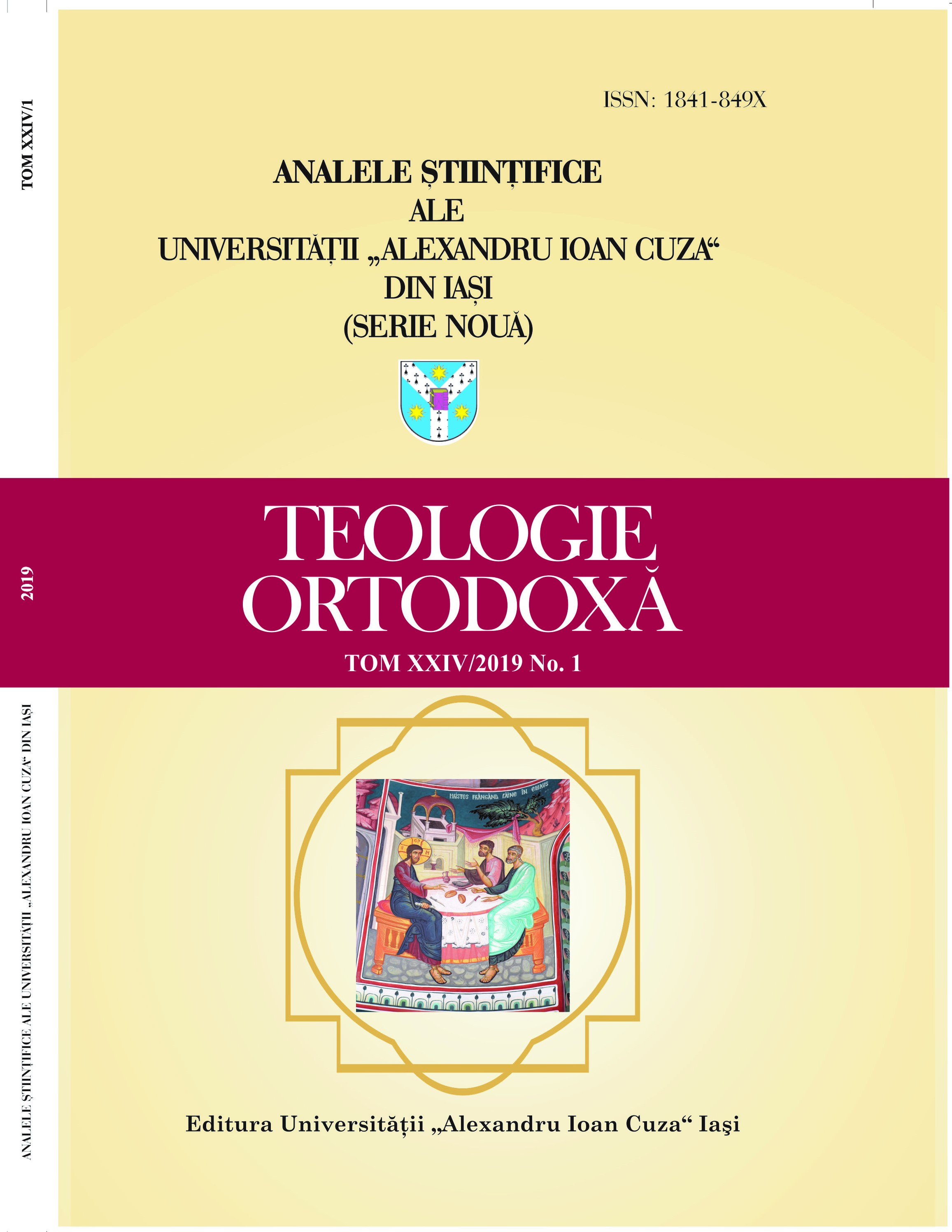Great Lent – Brief Historical-liturgical Perspective
Great Lent – Brief Historical-liturgical Perspective
Author(s): Nicolae PredaSubject(s): Eastern Orthodoxy
Published by: Editura Universităţii »Alexandru Ioan Cuza« din Iaşi
Keywords: ”Lent”; ”fasting”; ”Easter”; ”Church”; ”catechumen”; ”Baptism”; ”ordinance”; ”Christianity”
Summary/Abstract: Lent is the period preceding the Easter feast which lasts forty days; the time of repentance by excellence and the return to God, which reminds us first of all of the forty days spent by the Savior in the wilderness of Carantania (Luke 4, 2), right after Baptism. It is the period during which the catechumens would spent the last forty days of their proper preparation for receiving Baptism at Easter. The 40-day passover of Easter is based on an old-testament tradition, attested several times. In the Eastern tradition, fasting has always had a deep spiritual character, aiming in particular, what the Holy Fathers would call “metanoia”, the profoundly inner change of man. That is why, the fasting in general, but especially the Great Lent, calls for terrible skill. The true spirit of the Great Lent is found, however, in the time of repentance established by the Church for all its sons, irrespective of the spiritual stage, for a period of forty days.
Journal: Analele Ştiinţifice ale Universităţii »Alexandru Ioan Cuza« din Iaşi. Teologie Ortodoxă
- Issue Year: 24/2019
- Issue No: 1
- Page Range: 87-97
- Page Count: 12
- Language: English

